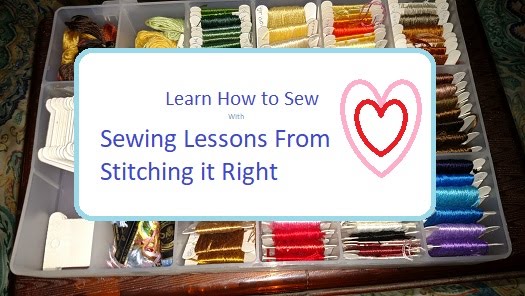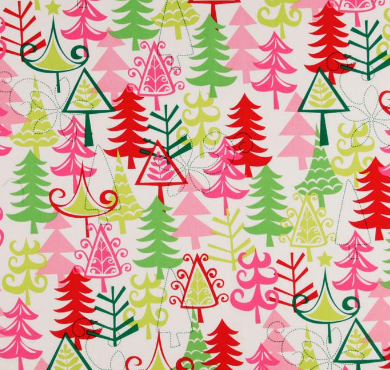 |
| Super Cute Reindeer Linen from Fabric.com |
The holiday season is here and in full swing, but it's not too late to enjoy some last-minute Christmas sewing projects with beautiful, high quality seasonal fabric.
Since time is getting tight, I'm going to stick to easy projects the average sewist (sewing artist) can complete in an hour or less - though the pattern or tutorial you choose can affect that time.
Sewing Gift Ideas to Make in an Hour or Less
- Fleece scarves: Fleece scarves are super easy gifts to make and you can get several out of a single yard of polar fleece from
You can add decorative stitching around the edges or leave the fabric unfinished. Or, add cute appliques or embellishments like fringe to the ends to dress up the look and create a unique scarf for each person even though you're using the same fabric for several scarves. This is great because it extends your fabric and gift-giving budget without making identical presents.
- Tote bags: You can stitch up a basic tote bag with nylon straps and a boxed bottom in about half an hour, sometimes less, with sturdy decorative canvas or basic woven cotton. Tote bags are great for loved ones who enjoy an eco-friendly lifestyle to use as shopping bags, or for anyone with an on-the-go lifestyle.
- Leggings: Leggings are a little bit harder, but if you use a basic one-piece pattern and especially if you use a serger, you can make a pair of leggings, which you can also call an under-layer for warmth for those who don't wear leggings, in just about half an hour. A regular sewing machine can take longer than half an hour, but you can still complete the project in under an hour. Choose a stretchy fleece or thermal-weave cotton for this type of project if the recipient lives in a cold climate, or a lighter jersey or Spandex-blend for loved ones who live where it's warmer.
- Mittens: In addition to making multiple scarves, you can use up some excess polar fleece, or just grab an extra yard or two when you're ordering from fabric.com, and make up some cute and cozy mittens in next to no time. The mittens can be paired with a scarf or given as a standalone gift.















